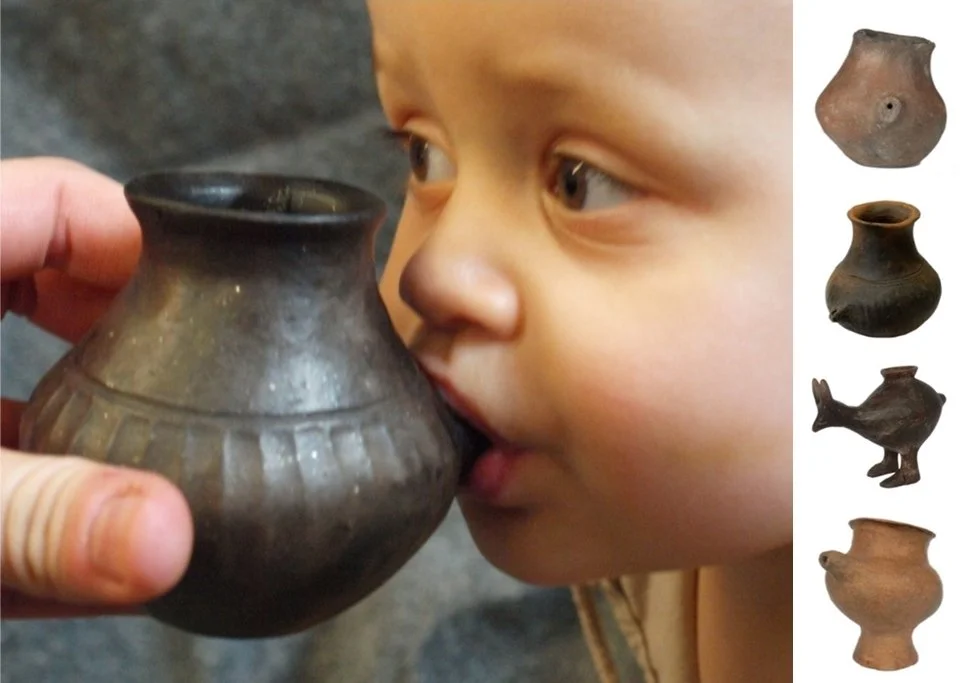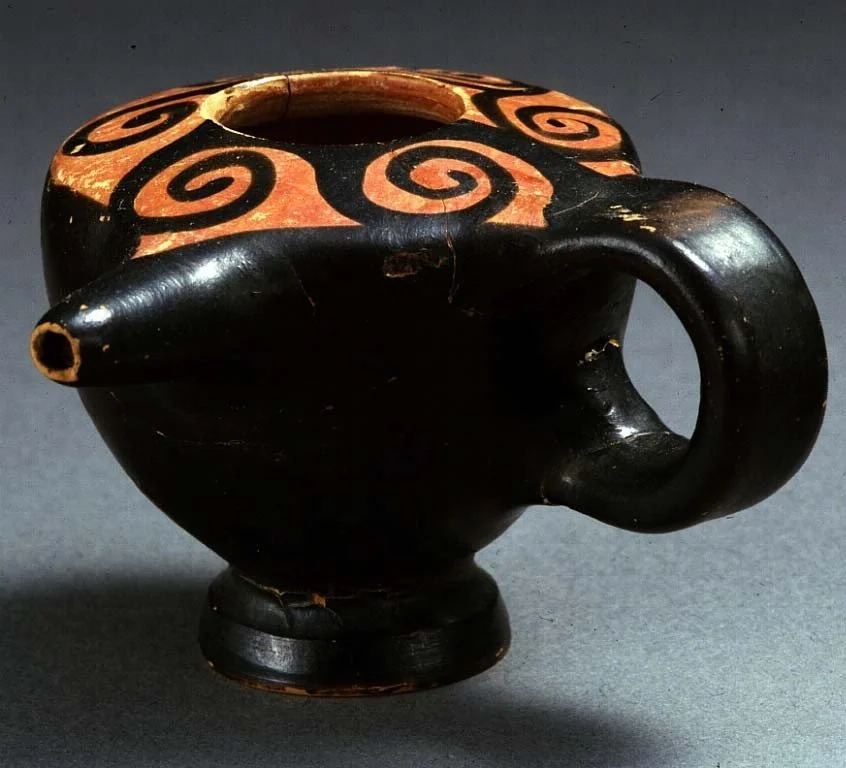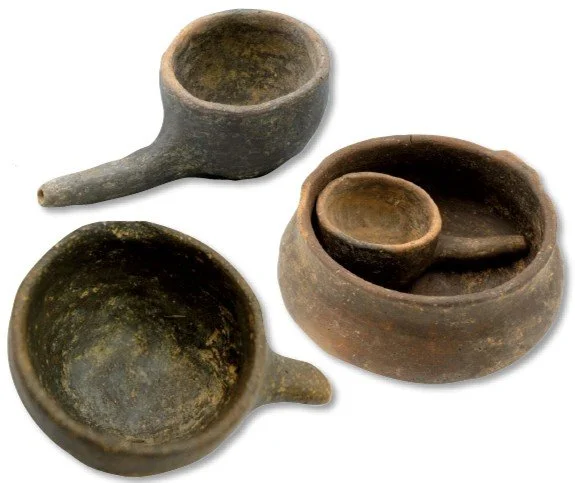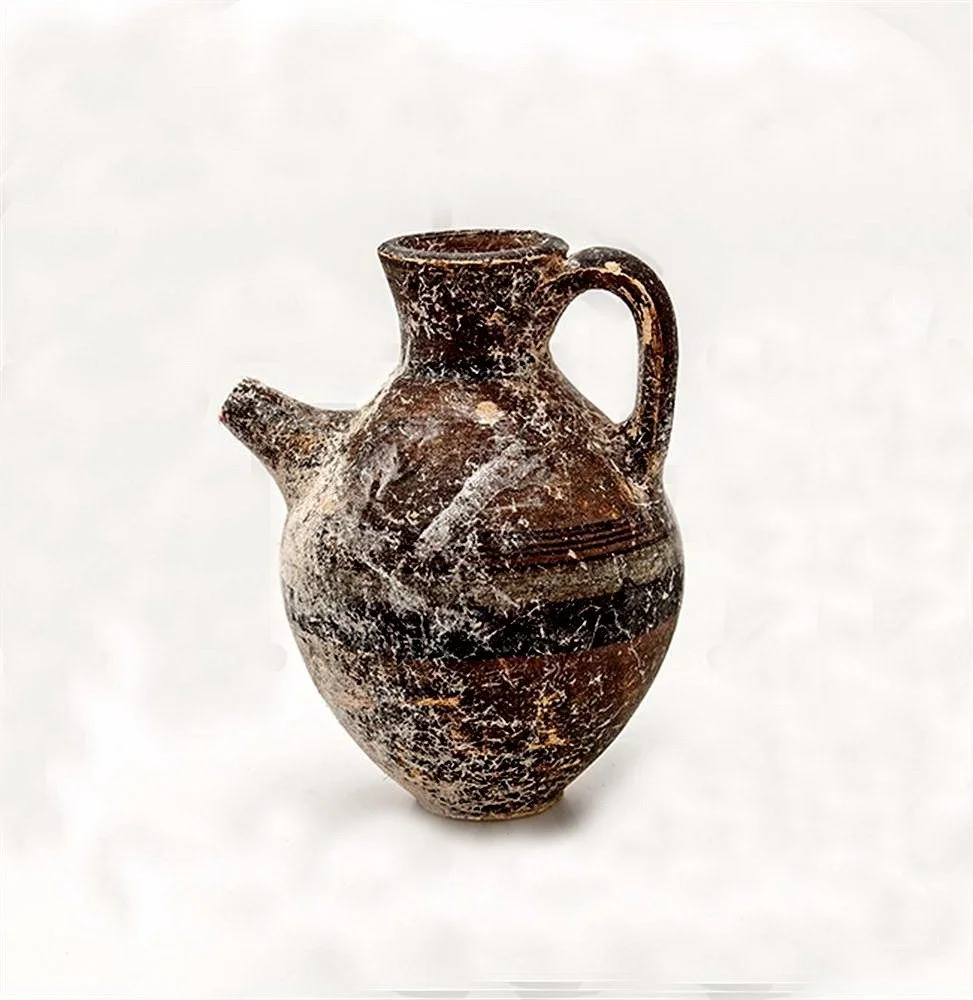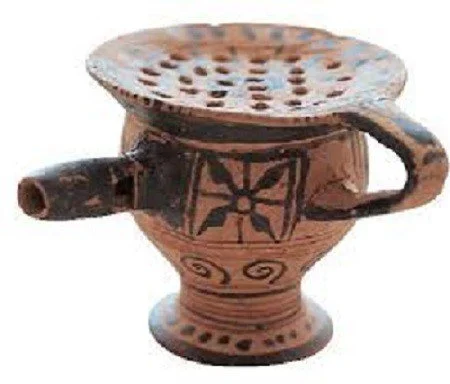Before the annexation by the ruler of Ano Eglianos, Iklaina seems to have been an independent capital of a hegemon or state. The monumental buildings date from this phase of the settlement, which was forcibly destroyed in the Late Helladic IIIB Period, that is, between 1300 and 1200 B.C., when the ruler of Ano Eglianos incorporated it into his kingdom. "We can trace its historical path from a simple village at the end of the Middle Bronze Age to a powerful capital at the Mycenaean period. That is, from about 1550 to 1300/1250 BC, Iklaina gradually evolved from the capital of a hegemony to the capital of a state," explains the professor. On the question of whether similar "transitions" took place in other known Mycenaean sites, M. Kosmopoulos notes: "It is difficult to draw general conclusions about other Mycenaean sites because, unfortunately, very few settlements have been systematically excavated. One of the demands of Mycenaean archaeology is the excavation of non-palatial sites in order to compare their historical course with that of the major palatial centers.".
The excavations at Iklaina revealed two monumental buildings: a magnificent two- or three-story building complex with three wings built around a courtyard - one wing built on a cyclopean structure - and a monumental building to the east of the first, also built with such stones and posts. Between them was a paved square and an open-air sanctuary, while around them there is the settlement with houses and workshops. In the 3D rendering published on the research project's website (https://iklaina.wordpress.com/2021/11/25/computer-reconstruction-of-the-iklaina-site/), both the buildings and the fresco representations are impressive, based on the fragments found on site. The professor explains why these architectural remains cannot be described as palatial: "From an architectural point of view, I would not call this site a palace center, since this term is associated with a specific architectural type and is used for the great centers at the end of the Mycenaean period, when Iklaina was inhabited by the ruler of Nestor's palace and its monumental buildings were destroyed. Iklaina has unique architectural features that, while showing that it was a powerful capital for most of its history, make it difficult to classify it as a palatial center."
In the summer of 2010, news of the discovery of a Linear B clay tablet at Iklaina with product lists on one side and men's names on the other, dating from before the destruction of Late Helladic IIIB, got known in the whole world as the "oldest Linear B clay tablet in Europe''. However, the value of the find lies not only in its age, but also in the fact that it was discovered. "A unique sign was found in Iklaina, dated to between 1400 and 1300 BC. Although I have heard in the media that it is called the oldest Linear B sign in Europe, I do not think this is true because there are very likely other signs from the same period. And, quite honestly, it doesn't even matter if it is the oldest or not.

